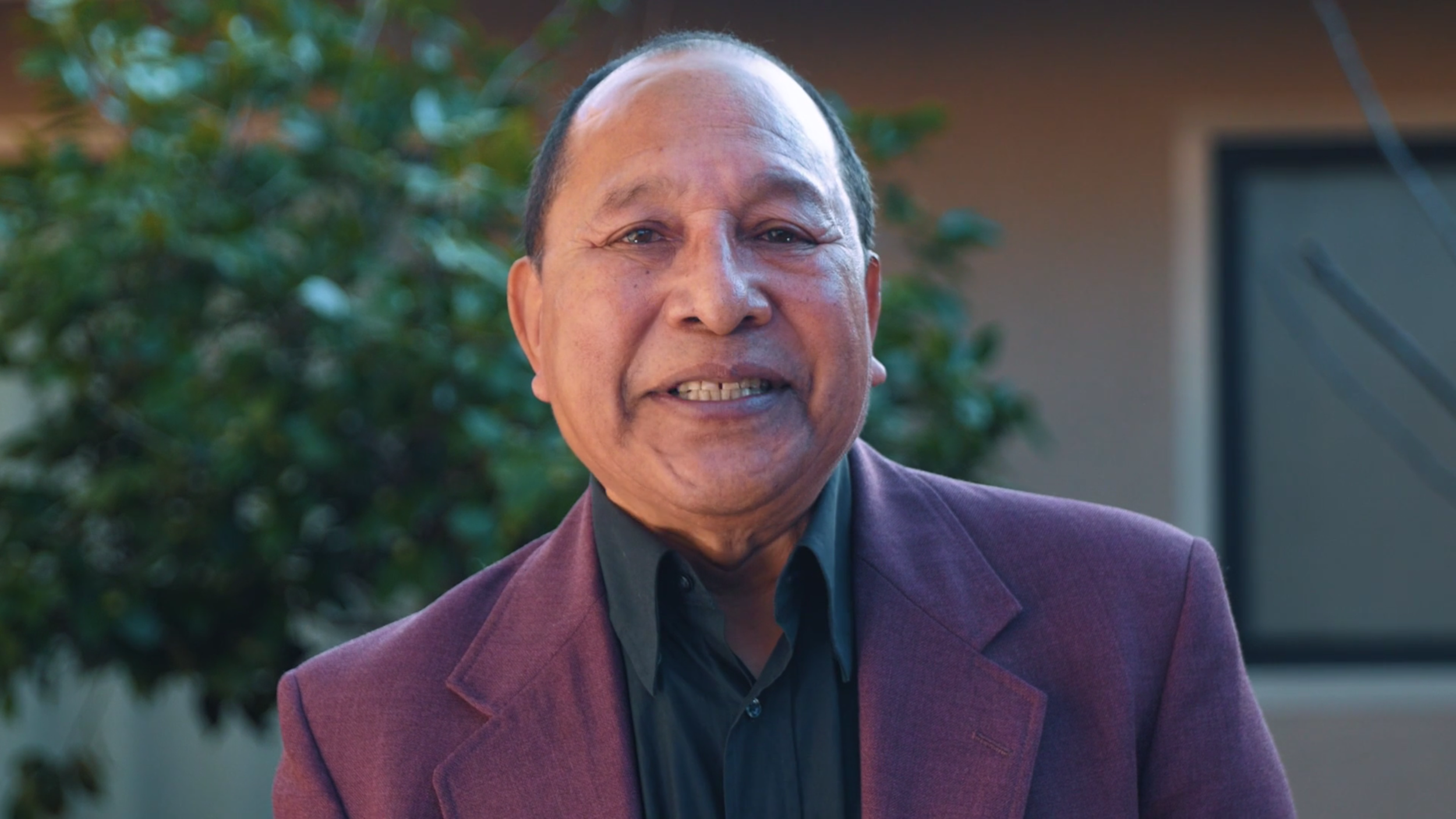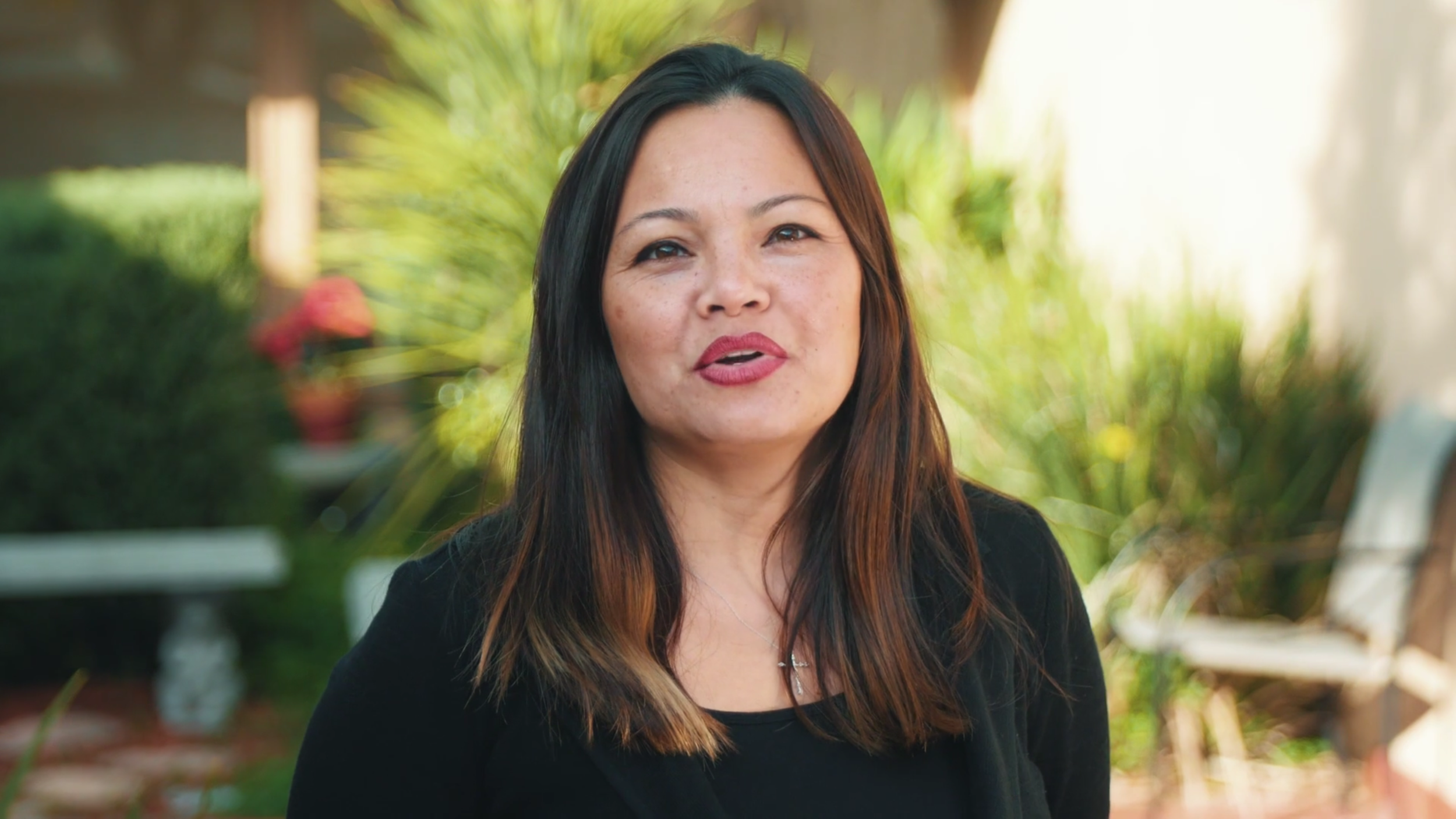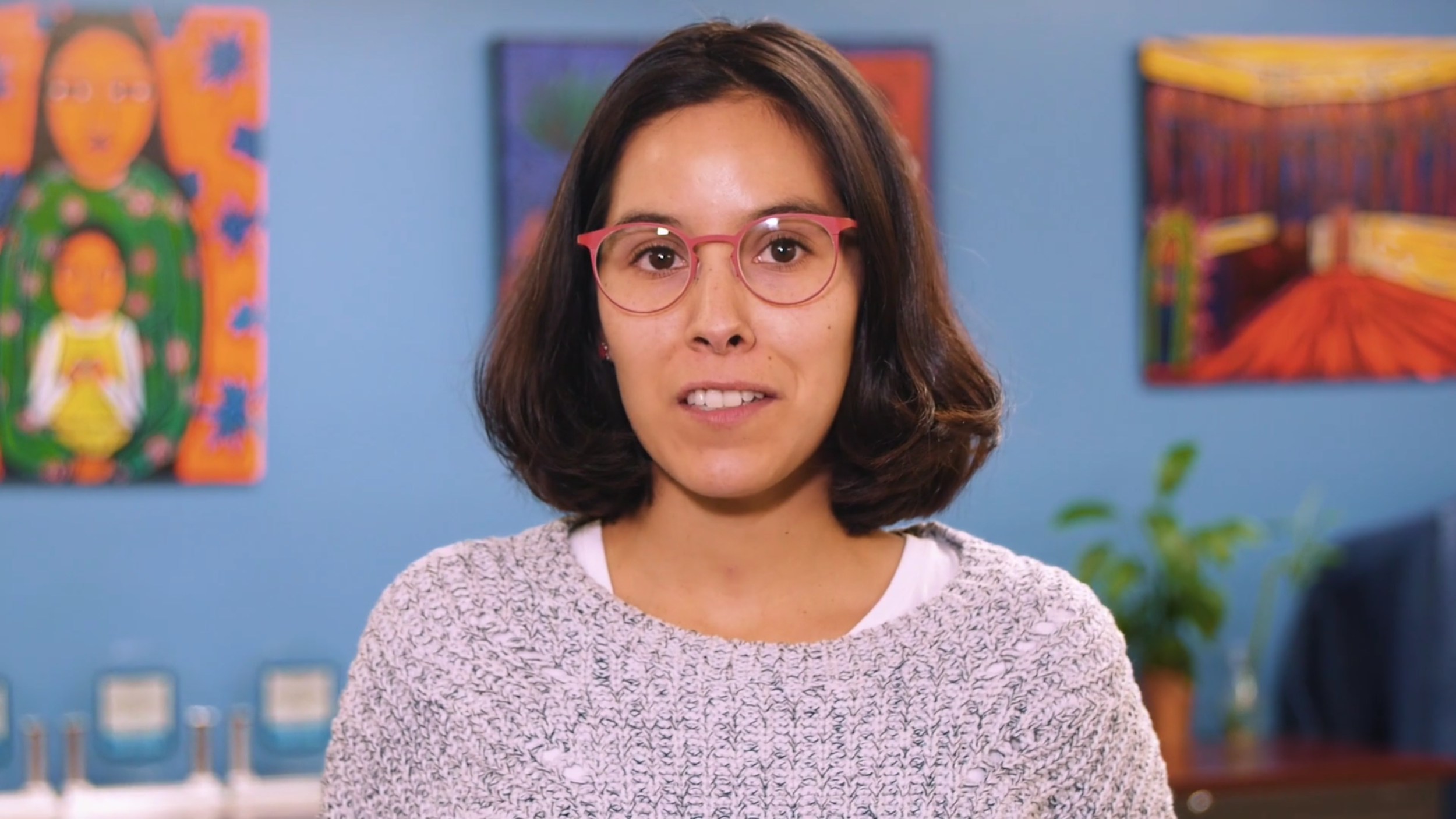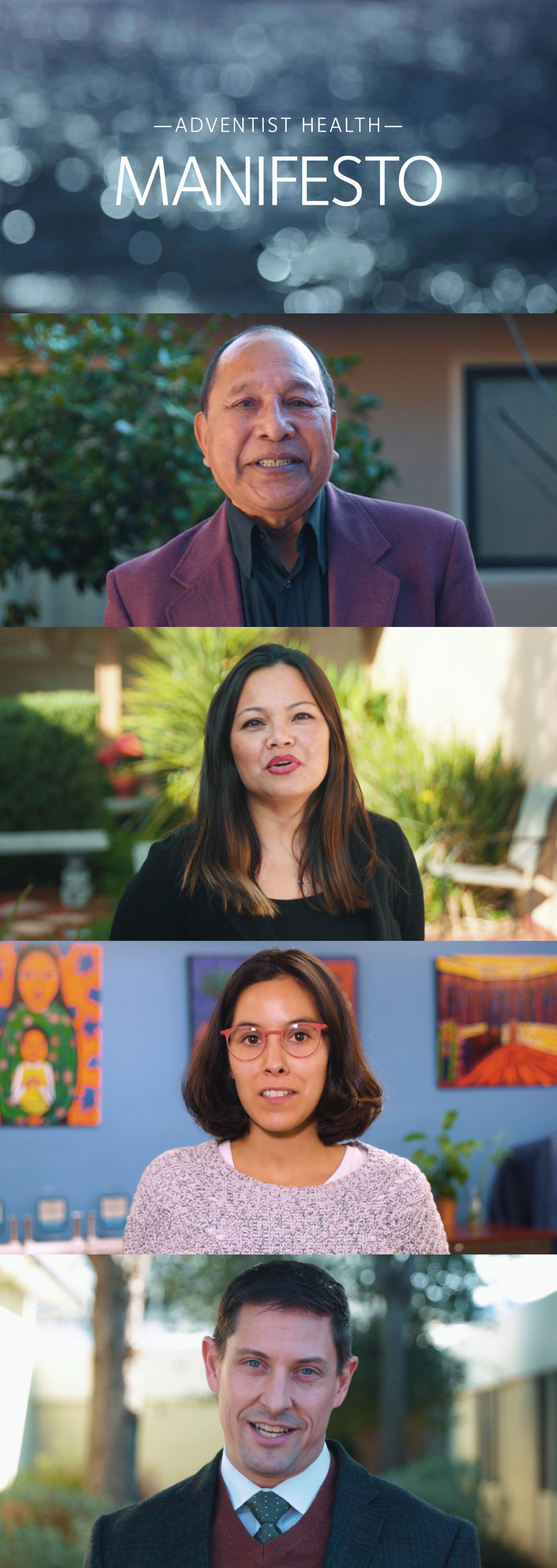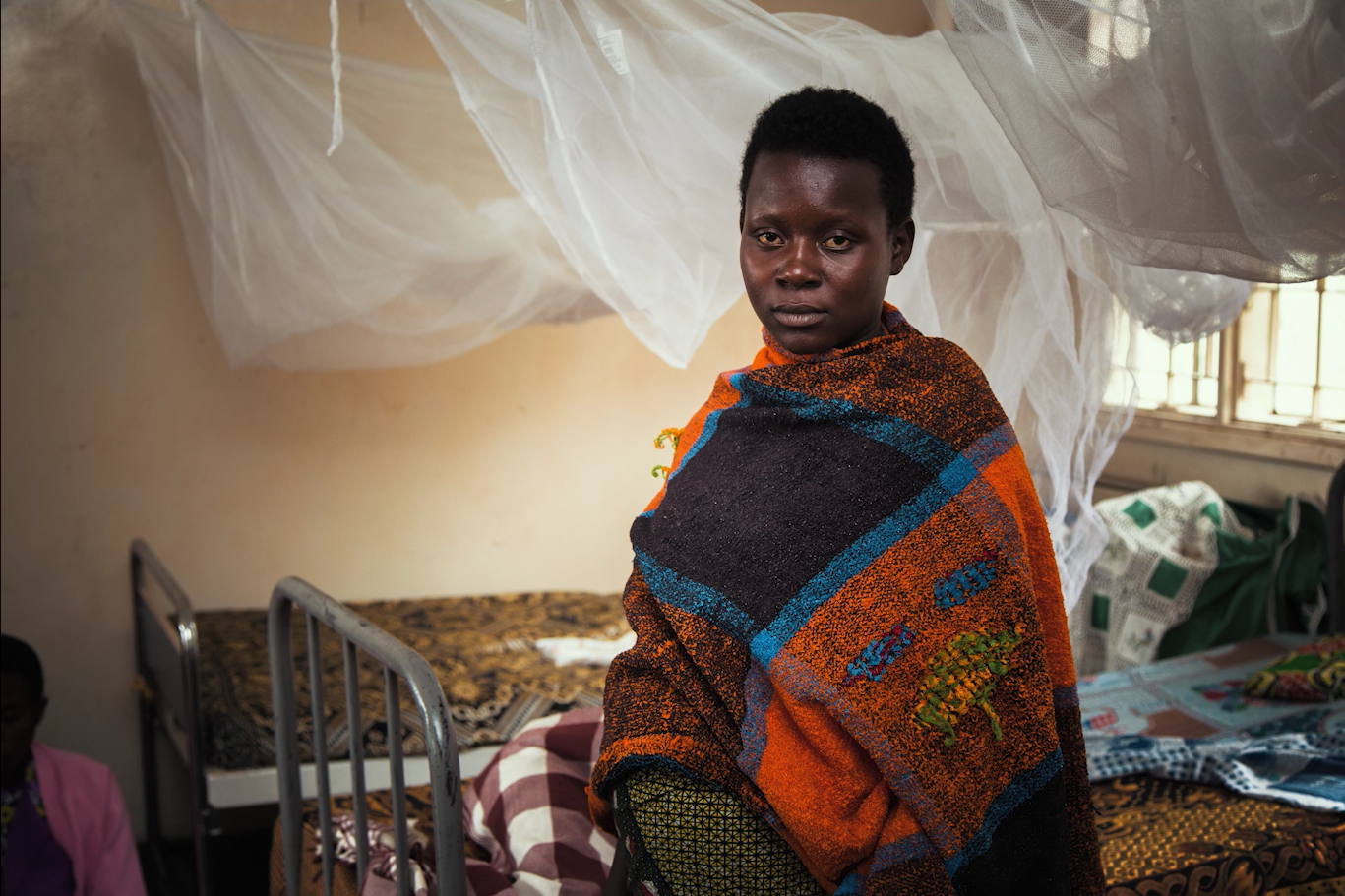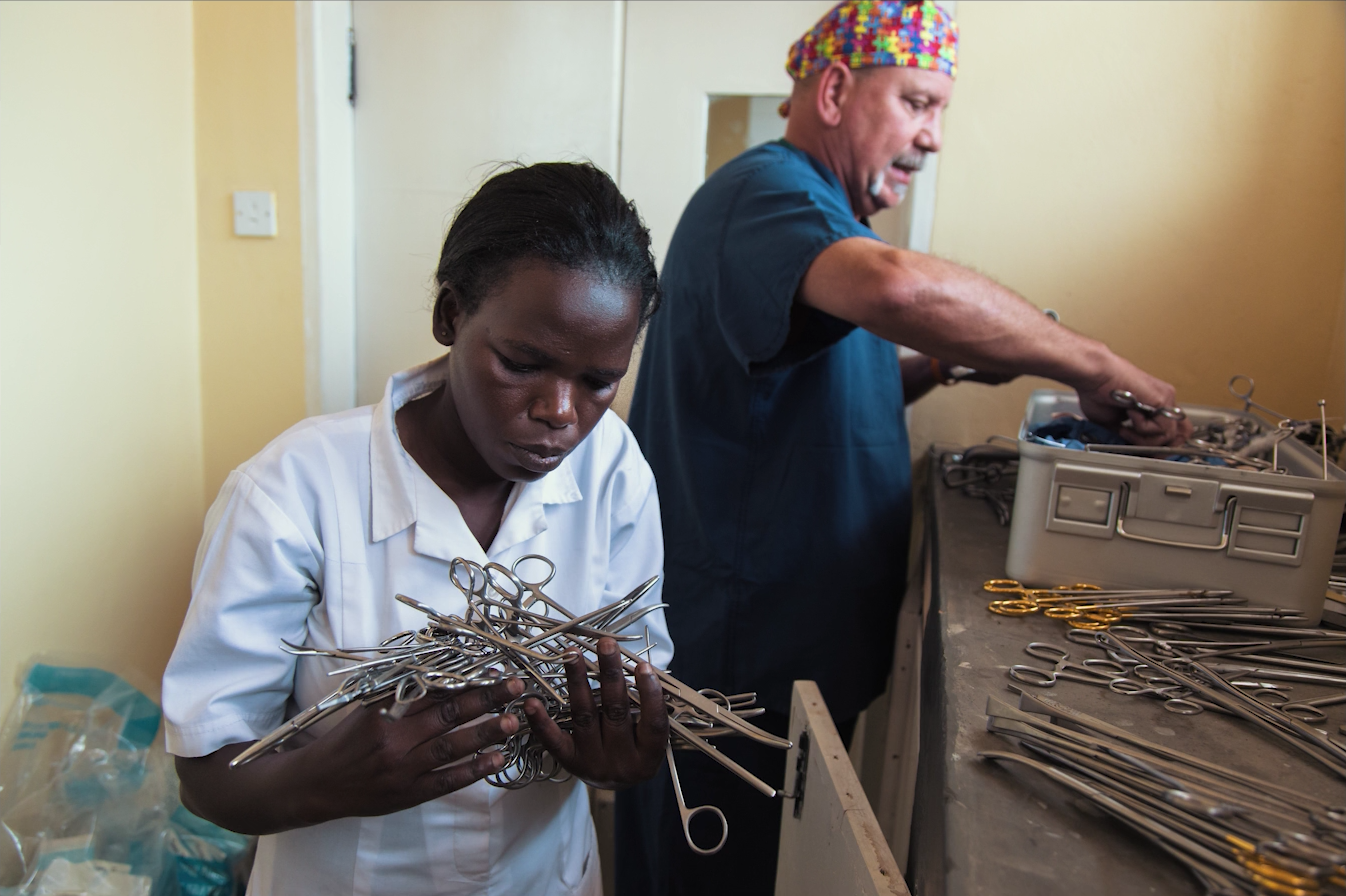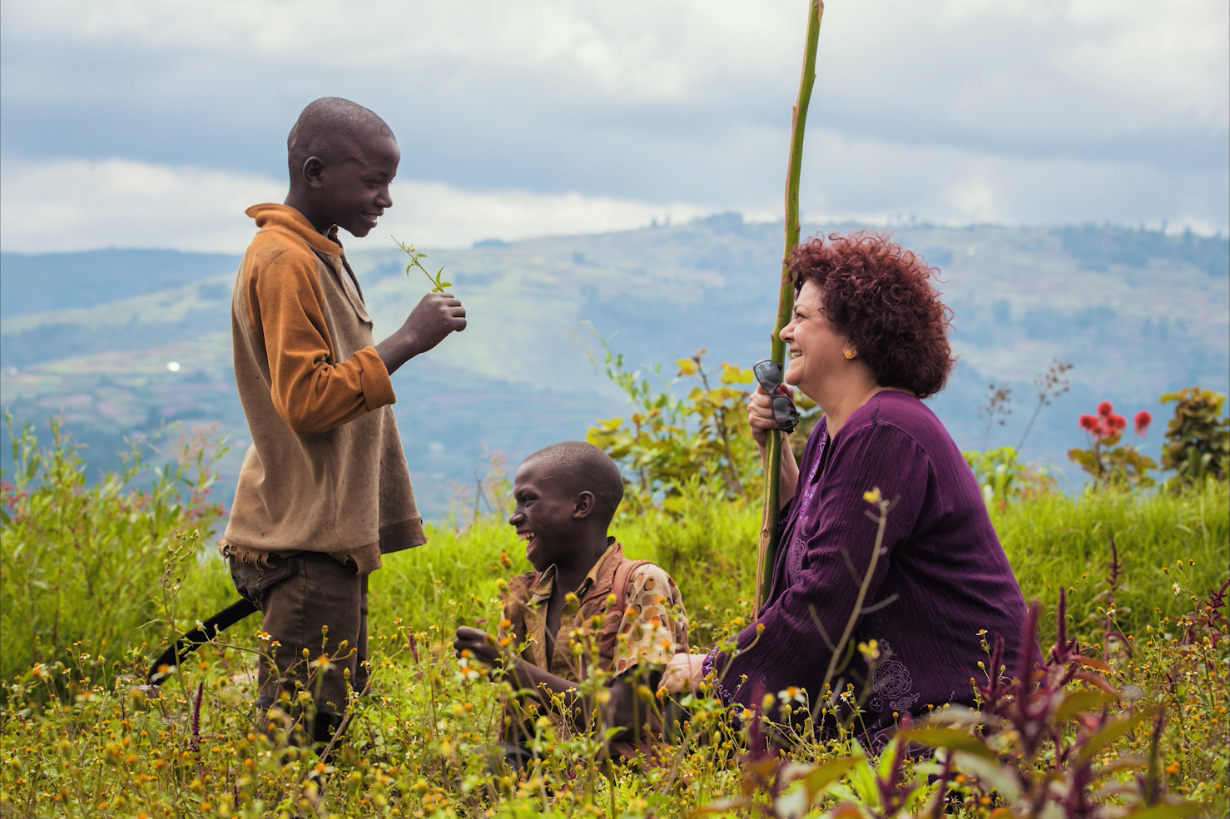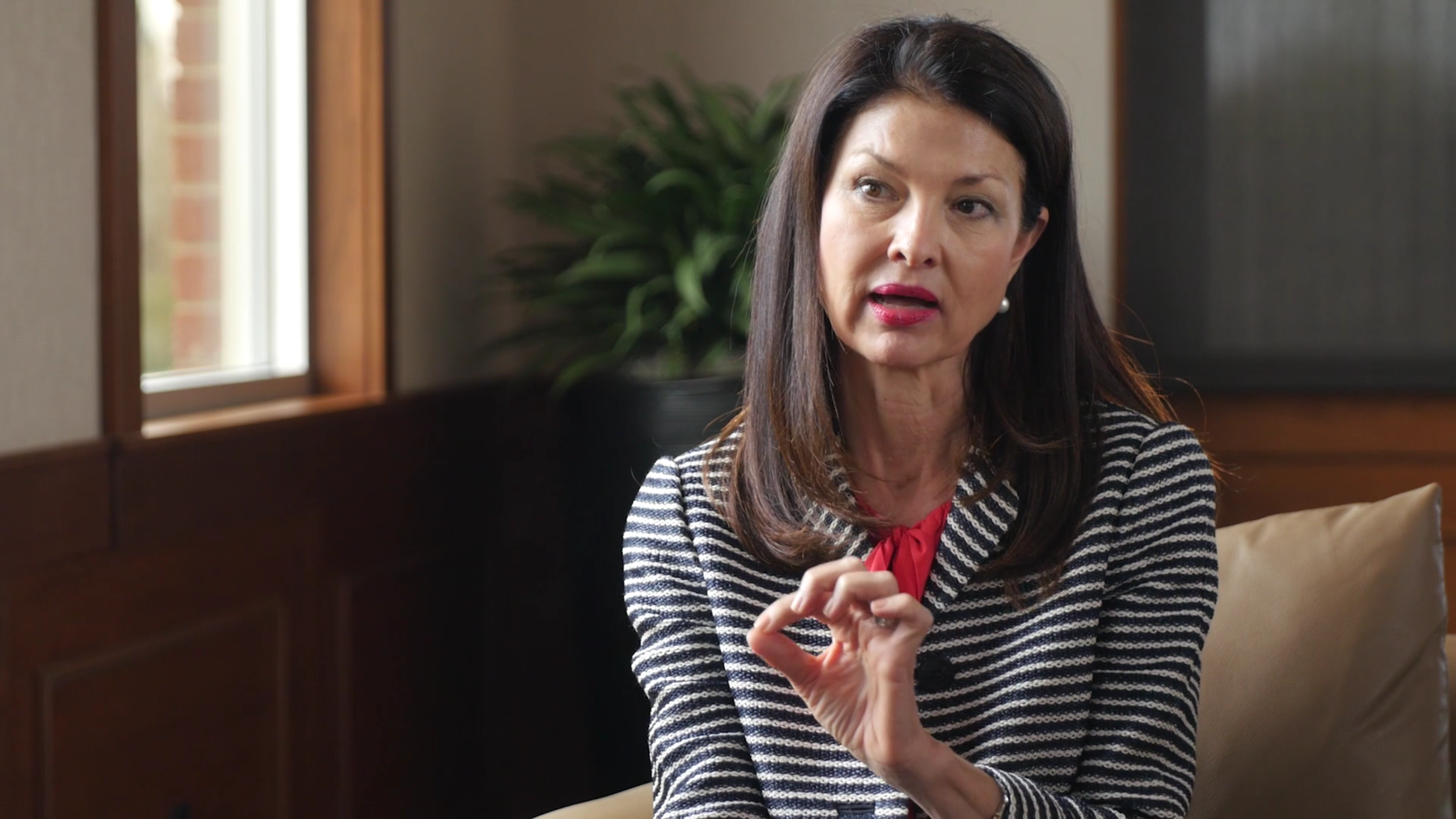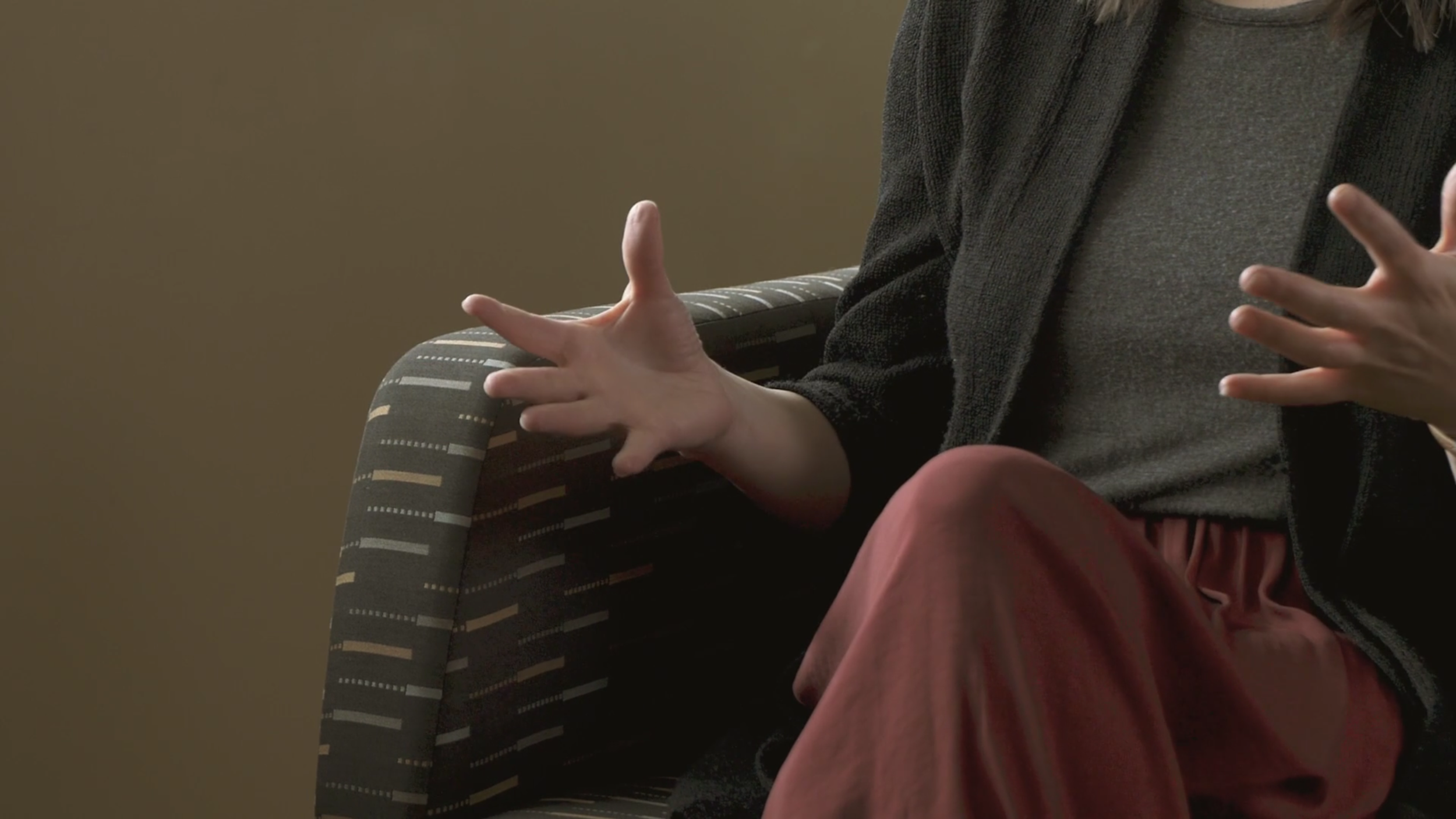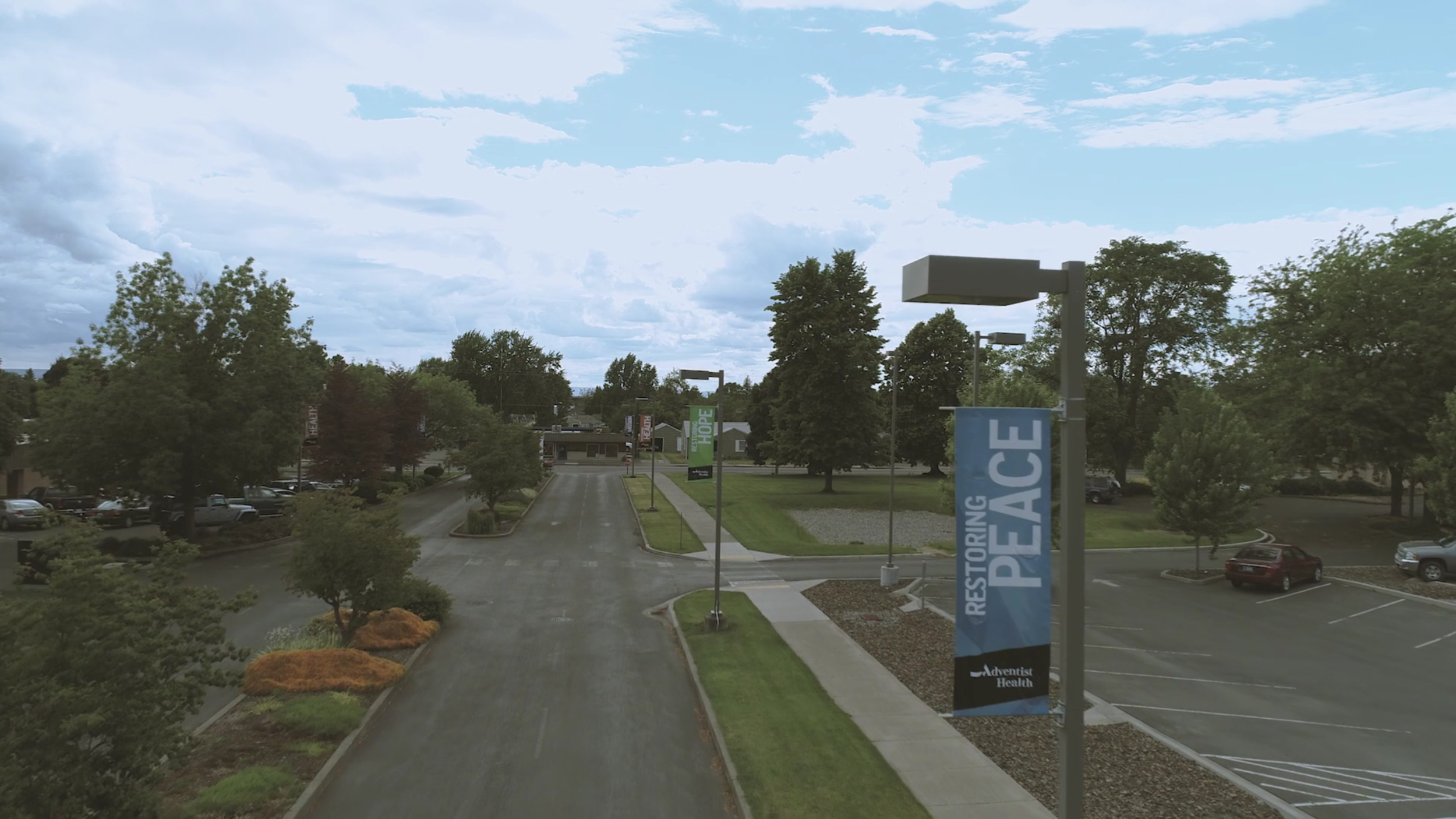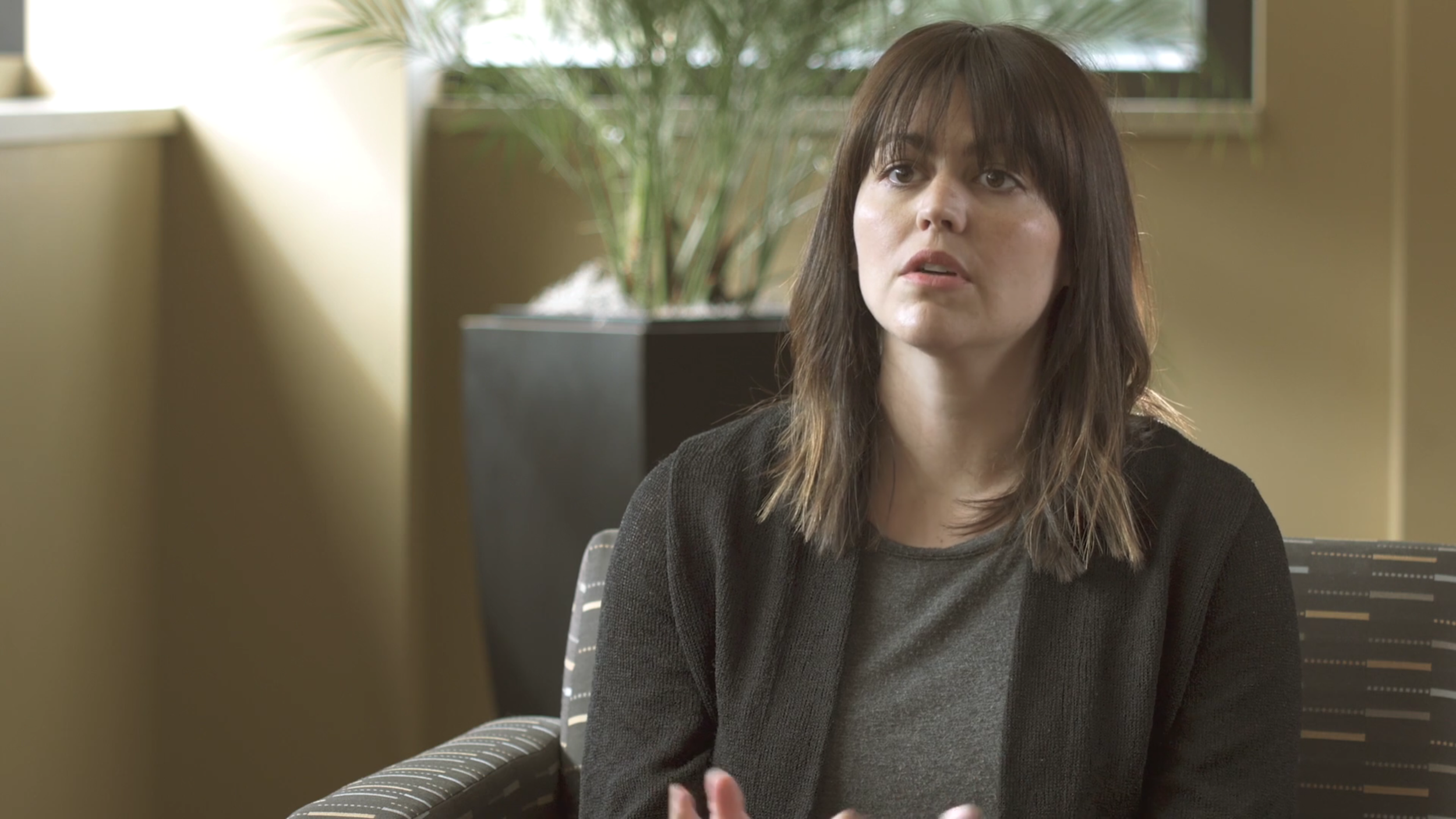Adventist Health Internal Communication Video Package
Behind the scenes of a video-based internal communication strategy designed to reach 33,000 employees in 75 communities
CMBell worked with the Southern California Region of Adventist Health to pilot a program to improve communication to their employees. We recommended and developed video content and Campaign Monitor emails as part of a one-year test internal communication strategy.
The goals of the pilot program were to align employees around core strategies, help them adapt to a changing business model, and accelerate best-practice learning throughout the organization.
“Nine out of 10 employees said they better understood the “why” behind their work.”
At the end of the one-year pilot, nine out of 10 employees said they better understood the "why" behind their work, they knew more about their key strategies, they learned from the best practices in their sister organizations, and they had a better understanding of the value of working together as a region—precisely the goals of the campaign.
Based on their success, their corporate office wanted to launch a similar program system-wide. We developed a full year's package of internal communication video content that was distributed via email, intranet, and an employee app, and ranged in topic from health tips, news stories, mission shorts, and executive updates to micro documentaries and inspirational pieces.
As part of their new brand roll-out, Adventist Health wanted to bring their brand manifesto to life in a way that would inspire employees.
Because we were frequently shooting at their locations, we were able to affordably film manifesto readings by employees from every location and to create a video that truly represented diversity in location, position, and demographics. We wanted viewers across the system to recognize someone from their facility.
The key to making this work visually was a strong art direction from the beginning that allowed us to retain a consistent look across different settings and over the several months it took to complete the shoot.
Stories bring purpose to work.
What inspires a doctor to leave a comfortable job in Beverly Hills and work in the unhealthiest county in California and in the most underserved countries in the world?
For this project, we were asked to produce a video for an annual physician awards dinner that celebrates medicine as calling. We take the viewer inside the career decisions of a physician who has devoted herself to serving people in dire need of medical care. The viewer follows the arc of the story and sees her driving impulses, hears from observers, and meets some of the people she's devoted her life to helping. They see a person responding to deep human needs and the value that brings to both physician and patient.
“This physician’s story received a five-minute standing ovation at the Physician Awards Dinner.”
Being a physician is tireless work, in any setting. Clinical demands, brutal schedules, and a changing healthcare landscape all conspire to drain doctors of their sense of purpose. Yet in a matter of moments, the power of story reminds them of the "why" behind their work. It touches an emotional chord. This physician's story received a five-minute standing ovation at the physician Awards Dinner because of its ability to reignite the flame of passion in their work.
What happens when people are able to renew their sense of purpose? It's impossible to measure the impact on an organization, and yet we know it must be substantial.
How often do employees have time to consider the why behind their work?
Not often enough. Insightful leaders, like this CEO, understand the need to talk not only about business necessities, but about the why behind their work—and to make it personal.
That's why we were so excited to work with this regional health care executive to deliver her signature message about the importance of hope in health care. Hope affects survival rates in illness, is an antidote to employee burnout, and is essential to human thriving.
After hearing this CEO present this idea in person, her communication manager posed this topic as an alternative to the executive's frequent video business updates to increase the reach of this important message.
Getting a quality interview is essential to the edit, so before the shoot we worked closely with the client to obtain an outline of key points that needed to be made. We used these to coach the executive and did multiple takes to capture the message well. Budgets prevented us from obtaining b-roll of the CEO during her visit to ground zero, so we brought in still images from her trip to provide visual context and prevent it from being exclusively a "talking head" video.
When this hospital closed after a 119-year legacy, the organization wanted to recognize its employees for their contribution and to provide them with insights on going forward during times of change.
Our client hired us to create two videos for their final employee recognition event on their last day of business.
In the first, we interviewed employees to see how they are managing the change and captured their reflections on the hospital's contribution as a way to honor their legacy.
In the second, we shot video portraits of employees expressing a phrase or word that summarizes what this organization has meant to them.
“In the end, the client wanted employees to feel valued.”
This was one of the most difficult assignments we've been on, because we were tasked with offering hope and meaning during a time of grief for employees. It couldn't be excessively sad; it had to help the employees navigate this change, but it also could not be excessively upbeat and trivialize their situation. In the end, the client wanted employees to feel valued.
After the videos were shown at their final employee and physician event, the client posted them online, and together they garnered about 30,000 total views.
This is an example of how video expands reach. There would be no way to convey this message in text or in person to this many people—and still capture the emotion and struggle.
What's the ROI of recognizing the contribution of employees who have committed their careers to an organization? No new sales will result. No new donors or talent will be recruited. This is an example of communication work that isn't measurable beyond view data, and yet we intuitively know that it has the power to ease the weight of a challenge because it speaks to a most basic need in humans—to be recognized and valued.
A simple question can be powerful.
We were already scheduled to shoot regional executive updates when the client asked if we could add this series of mini interviews exploring what inspires these executives.
Personalized messages don't have to be complicated or long to create connections between leaders and employees. This kind of project is an easy add-on to an existing shoot and makes for an affordable video that can be used in orientation, in recruiting, on the web, or at suitable events.
Video Is a Powerful Internal Communication Tool
In the rapidly changing health care industry, leaders need effective ways to reach their employees with essential messages like:
Why their work matters
What their strategy is
How reaching their goals will impact both employees and customers
What they can celebrate
The role of each employee in promoting growth
Yet reaching employees, many of whom are non-desk workers in diverse locations, can be challenging. Competition for attention is fierce, and carving out time for communication can feel like a luxury.
Insights from the inside
Some internal communication content may be mission-critical but not necessarily interesting to employees; more creativity is necessary to get those videos viewed. For example, employees eager to hear about a merger or sale that impacts their work will be less interested in compliance training. So content of high importance requires less production value.
Putting leaders on camera helps personalize them; they should be encouraged to find their own voice, however, and speak from the heart as the subject calls for.
Letting employees speak is equally important because peers can relate to them.
Some content that is designed for employee communication can easily be made to suit the public, like a health tips series—allowing you to get more return on your investment. If you know this going in, it need not add cost.
Video can be more effective than one-on-one communication for inspiring employees, which makes it a must-have for mission, vision, values, and purpose-driving content.
Even people who aren't comfortable being on camera can perform well in this medium with the right preparation, coaching, and editing. The interview team needs to make them feel comfortable and confident to get best results.


